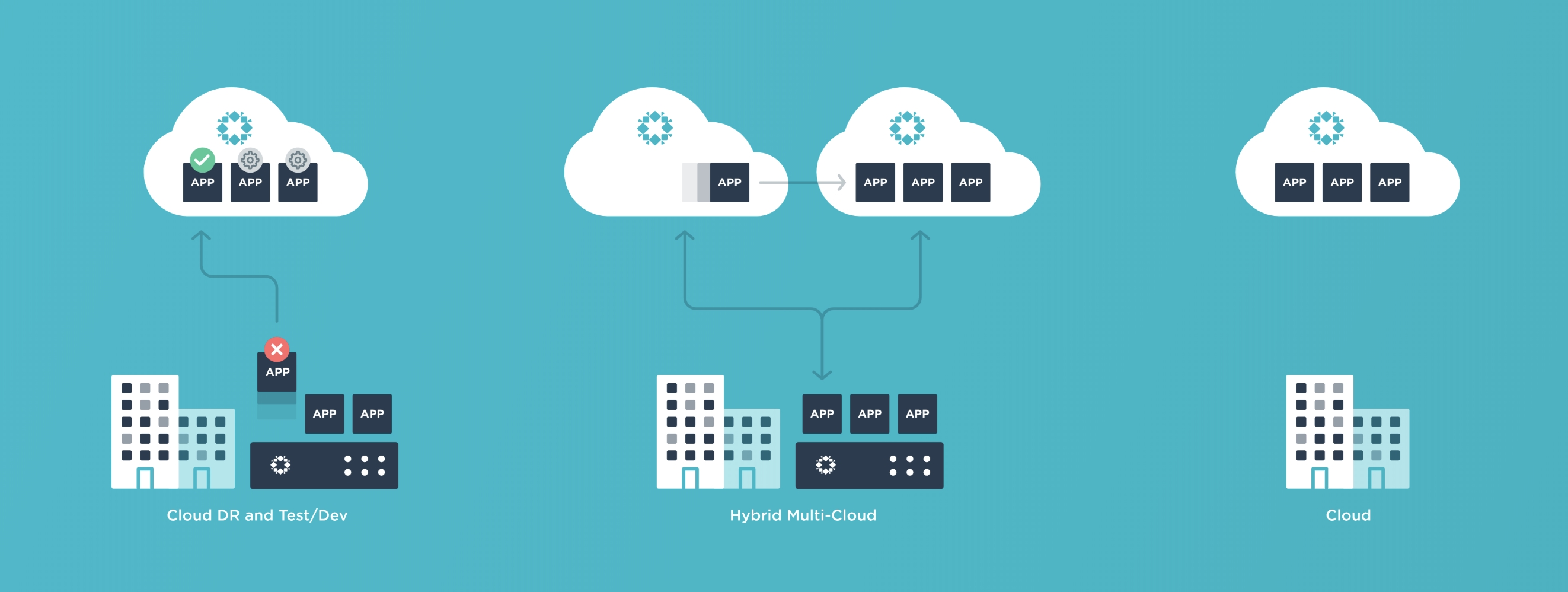By now, nearly every enterprise is knee-deep executing on its digital transformation strategy as a way to maintain competitive edge and increase agility. As a result, the modern CIO is no longer just about building an impactful infrastructure, but is also critical for driving key business objectives. They are focused on leveraging the cloud for projects that enable business features and capabilities–web commerce, customer self-service, supply chain automation–while reducing costs and aligning to larger organizational goals.
The cloud has become instrumental in delivering these critical features faster. When combined with the rising NoOps model, the cloud empowers developers to leverage APIs and abstract the complexity of managing core infrastructure, so they can focus more on building directly for the business.
However, while the cloud unlocks a variety of benefits, it also brings its own set of challenges. Whether it’s due to legacy applications that are costly to move, regulatory requirements, or just the decision to avoid vendor lock-in, most companies are unable to transition to just a single cloud provider. As a result, data can become fragmented, bringing more risk to more environments in an infrastructure that is harder to manage. It is on the shoulders of the CIO to establish measures that ensure data availability and security, regardless of where that data resides.
But are we paying enough attention to risk management in the new multi-cloud world? Disaster recovery and compliance are critical parts of business continuity, and I argue that these need to be top priorities for any digital transformation plan, along with enabling new business capabilities.
The tactics that worked in the past no longer work in this new landscape, so executives must work from the ground up to ensure their on-prem and cloud data can be quickly recovered and managed in the event of an outage or disaster. Doing this in a fragmented environment can be anything but easy, especially for organizations relying on multiple tools that lack a simple, global view across their entire infrastructure.
Luckily, Rubrik was designed to tackle the biggest data protection challenges in the multi-cloud era. We provide a strong suite of capabilities and features (CloudOn, CloudOut, Live Mount) that make seamless backup and disaster recovery possible so that customers can minimize downtime. Rubrik also delivers policy-based management, non-disruptive testing, and automated orchestration of recovery plans to the cloud for minimal risk and costs.

We’ve seen our customers completely revamp their DR strategy with Rubrik. For example, Sphero leverages our instant data access and recovery capabilities to quickly restore production sites in the event of a disaster. Earlier this year, our own DR plan was put to the test when we experienced a hiccup during our product release cycle and quickly resolved the issue with Rubrik Live Mount. I can sleep soundly knowing our critical business data is always safe and accessible, even in the biggest disasters.
Curious how else we’re leveraging Rubrik within the business? Check out my previous blog about our Rubrik on Rubrik program.
